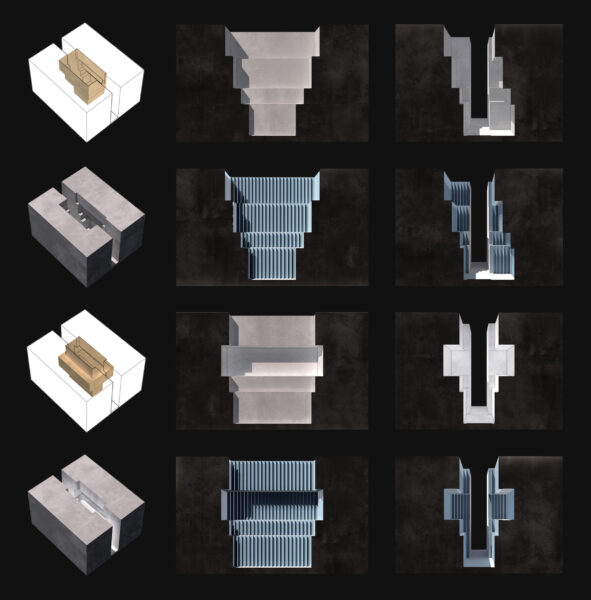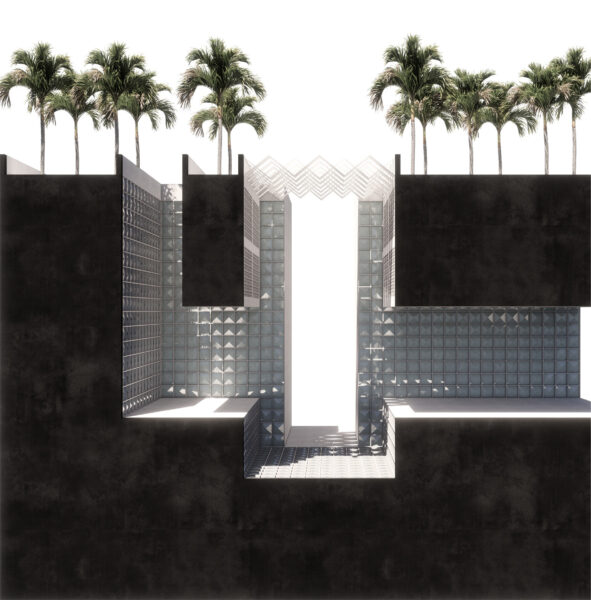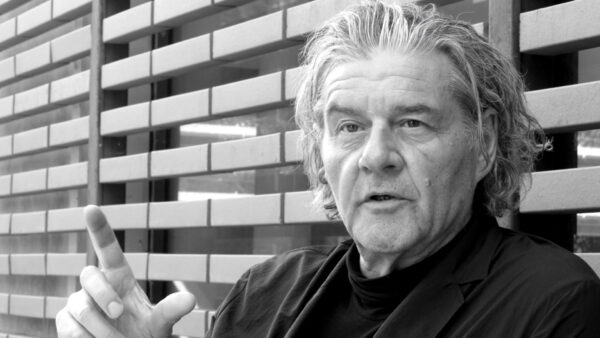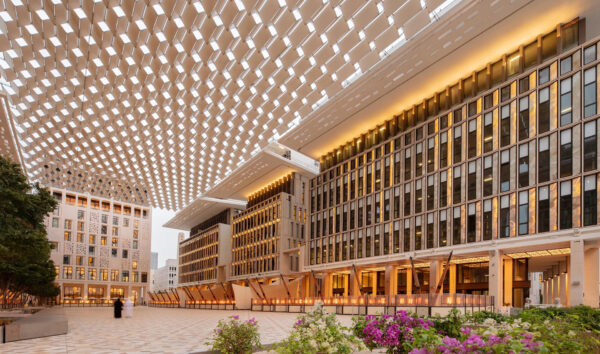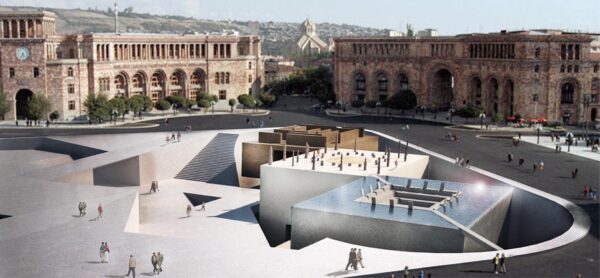Sculpting the Void is our unique approach to shaping the spaces that surround and intersperse built forms.
Too often, public space is merely regarded as an absence. Treated with as little consideration for people as is given to objects, the spaces between buildings are filled randomly with questionable art pieces and urban furniture.
We view public space as an entity in itself, and more importantly, as an opportunity for presence. For us, architecture creates the background, and it is these engaging social areas that become the foreground.
How do you create an environment where both visitors and inhabitants feel an immediate sense of comfort, belonging or respect? Public space is too often conceived of as an absence instead of a presence, with designers merely dressing its material boundaries with cosmetic ornament, shaping its ground with minimal landscaping and arbitrarily filling it with autonomous sculptures, benches and fountains. Public space is reduced to the neutral plinth on which art and architecture are displayed. Therefore, it is produced with little consideration for the people who inhabit it and must coexist with these forms.
What happens if space is treated as an entity in itself, if its form is considered just as much as the form of architecture? This means considering the spatial networks that connect buildings, thinking in terms of relationships and not just objects. Architecture can become the “background”, a stage where diverse groups can become the “foreground” and create their own meanings.

